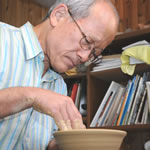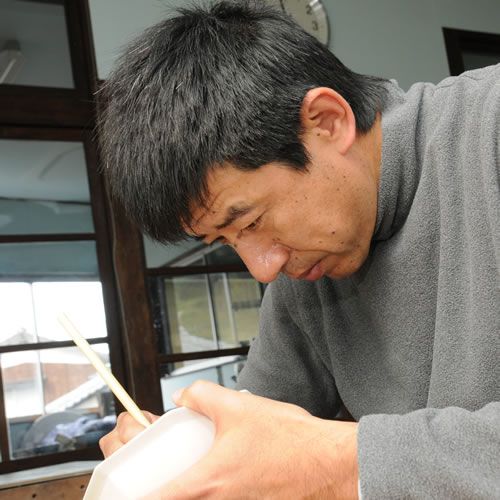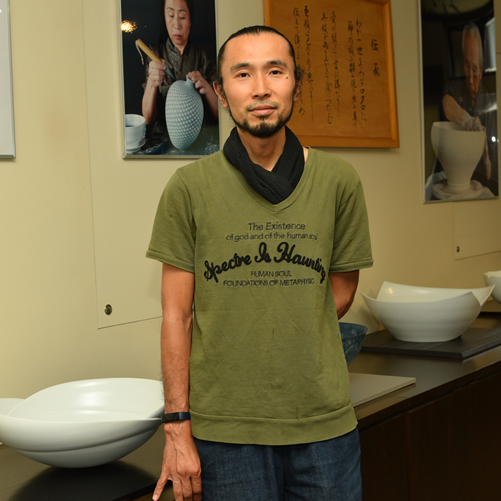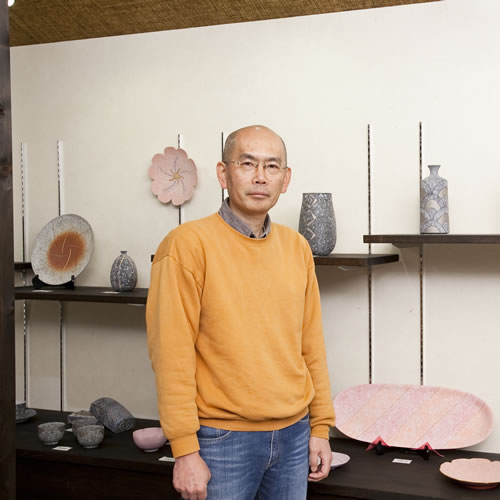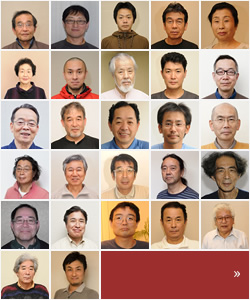Plate with silk cintz design multi-coloured overglazed enamel / Aoki Taeko【Nabeshima】
TO VIEW LARGER Click on a photograph.
Ceramic Feature
Japanese-made porcelain
The title is Ironabeshima Sarasamon Nanasun Kodaisara (色鍋島更紗文七寸高台皿).
This is a plate created by Aoki Taeko.
The sarasa design are arranged in all directions by hand-painted.
Design of sarasa
Brightly colored cotton cloth decorated with patterns using arts of hand-painting.
It's said to have originated in India, and there are a wide variety of them.
Motifs include birds and animals, people, flowers, geometric patterns and others.
Kodai-sara
Kodai means trimmig a high footring of dish.
It leads to a sense of elegance.
Back to the Edo period, it was presented to the shogun's family.
The inside of the dish is also deep and the shape looks lile Japanese mokuhai cup.
Shaku and sun are traditional measurement of length in Japan.
1 shaku = 30 centimeters
1 sun = 3 centimters
22 centimeters in diameter.
Comes with a plate stand like the photo above.
The dish is also good for decoration in the room.
Iro Nabeshima (色鍋島)
- A porcelain vividly colored in red, green, and yellow of Nabeshima ware-
It refers to the skill of making colored porcelain.
Red, green, and yellow, those three colors are mainly used.
Traditional Japanese style geometry design, flowers, historic sites and others.
Colored porcelain made in the Nabeshima kiln is generally called iro-Nabeshima style.
It was Nabeshima-Hanyo which was founded as a directly managed business for Saga-Nabeshima domain.
A wide variety of ceramics were made such as ironabehsima, sometsuke and seiji as a gift to the lord.
In other words, a special works does not concern profitability.
It's said that the baked pottery in Mt. Okawachi were one of the excellent one in the mid-Edo period.
It's still passed down as a hidden treasure even today.
Kosen-gama has a workshop in Okawachi-cho.
Aoki-san also preserves the technique and works hard to make ceramics that's suitable for today's life.
Size
Height : 5 cm
Diameter : 22 cm
Artist Introduction
- Price:
- ¥363,000 JPY











